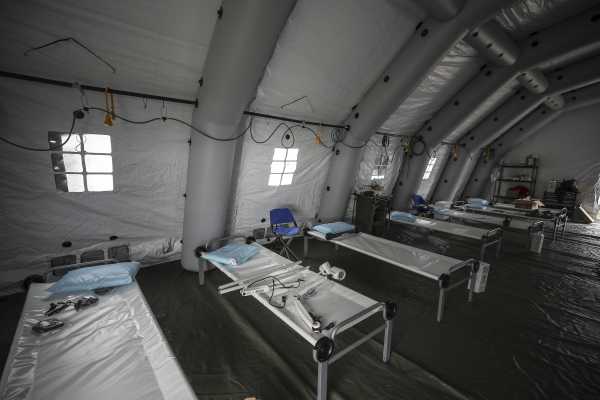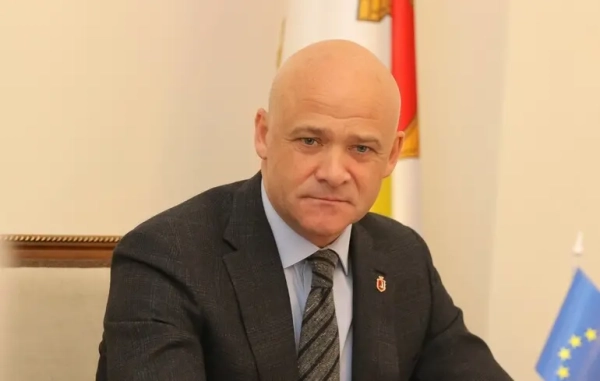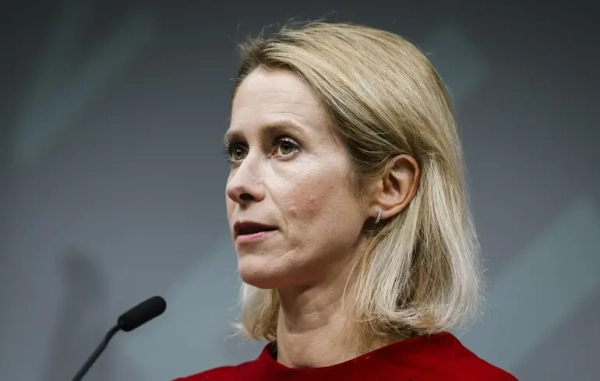
Governors in several of the hardest-hit states put out calls on Monday for health care workers from other states to help treat patients suffering from Covid-19, the disease caused by the novel coronavirus.
In perhaps the most striking example, Michigan Gov. Gretchen Whitmer posted a video to Twitter on Monday, saying, “If you’re a health professional anywhere in America, Michigan needs you. We’re calling on doctors, and nurses, and respiratory therapists, and other health professionals to sign up and help us fight Covid-19 and save lives,” she said, while announcing that the state had relaxed interstate medical licensing requirements to make it easier for personnel from other states to assist with Michigan’s burgeoning outbreak.
Joining Whitmer was New York Gov. Andrew Cuomo, who implored out-of-state doctors and nurses to come help treat patients with Covid-19, especially those in New York City, which has become the nationwide epicenter of the pandemic. “Help New York. We are the ones who are hit now,” Cuomo said Monday at a press conference at the Jacob K. Javits Center, which has been converted into a temporary hospital.
As of March 30, over 7,700 people in New York City alone have been hospitalized with Covid-19. A temporary field hospital has been constructed in Central Park as area hospitals are overrun with coronavirus patients.
While New York and Michigan have been among the hardest hit, confirmed cases of Covid-19 have now been found in all 50 states. That — plus the fact that the US was already facing a shortage of health care professionals before the crisis started — could limit the number of personnel available to assist in areas with high infection rates.
The health care personnel shortage, briefly explained
There are a couple of reasons the US health care system is running short on professionals to treat Covid-19, the influx of patients being most obvious.
Compounding that is a shortage of personal protective equipment (PPE). Doctors and nurses in areas dealing with widespread infections are in near-constant contact with the virus; without appropriate PPE, they’re at increased risk for contracting it. In Spain, about 14 percent of those infected were doctors or nurses; in Italy, nearly one in every 10 people infected were medical professionals.
This puts a strain on hospital staffing in areas like New York City. Most states have put orders in place to stop non-essential surgeries and are encouraging telemedicine for as many non-Covid-19 afflictions as possible in order to preserve PPE and free up personnel to treat coronavirus patients.
But as Vox’s Dylan Scott, Umair Irfan, and Jen Kirby explained, the US was already facing a critical shortage of medical personnel before the coronavirus pandemic hit its shores. The pandemic has only deepened the staffing crisis:
As officials in New York and Michigan scramble to fill personnel gaps, there is another potential solution besides borrowing doctors from other states that might need them.
There are other possible solutions for the medical staffing shortage
While much of the federal response has focused on managing the country’s PPE shortfall, the government has also taken steps toward easing the personnel shortages in the hardest-hit areas. On March 18, Vice President Mike Pence announced a new Department of Health and Human Services regulation allowing doctors to practice medicine across state lines.
In response to the recent critical shortage, Cuomo also put out a call for retired health workers to return and care for Covid-19 patients. About 40,000 responded as of March 25, according to Wall Street Journal reporter Jimmy Vielkind. The state also allowed medical and nursing students to jump directly into the workforce to assist with pandemic care, provided they can get the proper certifications.
Other countries have turned to foreign health workers to find enough medical staff to manage the pandemic.
In the United Kingdom, the government recently announced it would automatically extend visas for foreign health workers already working in the country, a significant decision as the country finalizes Brexit to further limit immigration.
Additionally, Chinese, Russian, and Cuban doctors have flown to Italy to help handle the country’s coronavirus emergency. But the US is unlikely to see a similar rush of foreign health workers without significant changes to current immigration law.
Foreign doctors and nurses face a nearly impossible maze of immigration hurdles to practice in the US, as Vox’s Nicole Narea explained:
Sourse: vox.com






